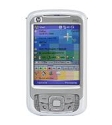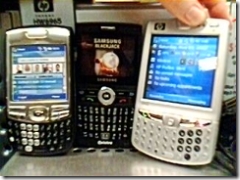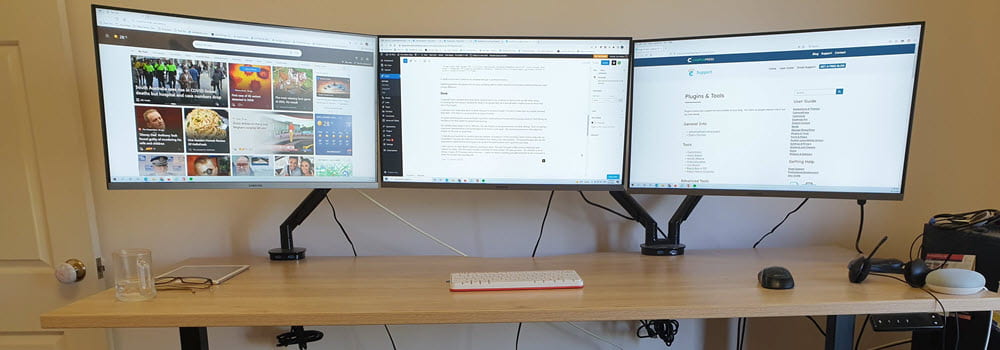Some people really love shopping and find it really easy to make fast decisions on what product to buy. I am not one of those lucky people, with my scientific background I have to thoroughly research the product before I can make a buying decision. I am so bad that my friends and family refuse to go shopping with me.
So imagine the frustrations I am having deciding which PDA will meet our work requirements (and to make it worse I need to order two PDAs). Poor Frances has spent the week discussing the pros and cons with me and luckily Smartphone and Pocket PC magazine for April/May has arrived to help me with the decision (what an excellent magazine – I just wish it was montly). BTW I can not believe that the June/July issue is showing on their website and I have only just got the April/May copy.
Pierre Khawand does an excellent review of 9 top smartphones in his 81 day experiment article for Smartphone and Pocket PC magazine. Basically for a period of 81 days last year he trialled 9 of the top smartphones; each device was trialled for 9 days.
Before I get into discussing Pierre’s article – let me clarify one point – the definition of a Smartphone – there is growing confusion on the correct definition of what is a smartphone. I am going to go with the definition used in “What is a Smartphone” on O’Reilly Network “The word “smartphone” is defined as “a mobile phone that incorporates a PDA (Personal Digital Assistant)” by the Oxford American Dictionary. So, by definition, a smartphone is a converged, multipurpose device.” BTW watch out as some smartphones do not have touch screens.
Pierre suggests you use the following 3 step process for selecting your smartphone:
- Be clear on what you needs are – list what you must have and what is less important
- Don’t be blinded by the obvious features; consider the behind-the-scene factors
- Test drive before you buy
So the first decision is do I need a PDA or a smartphone? Well if ultimately we need to run a workplace assessor database on the device than I would need to go for a PDA with a reasonably fast processor. A smartphone would not have the processing speed to handle an assessment database because including features like phone capabilities and inbuilt camera means that they have to compromise on processing speed to add in these features. However it may be more important for a workplace assessor to have access to email, Internet and a phone than an assessment database. So my decision for the two new devices is to go for a Smartphone (i.e. PDA with phone capability).

Next hard point for me is size vs mobility. I currently have a HP iPAQ rw6800 Multimedia Messenger which I love because it is really small and very mobile. I was meant to get the HP iPAQ hw6965 Mobile Messenger and while others at work like this model I find it way too bulky. However the main feature that most like with the HP iPAQ hw6965 Mobile Messenger is the built in keyboard which is missing from my current model.

The main features I want in a PDA is small size, phone, email, document writing, Internet access, touchscreen, camera and must be 3G (data plans are expensive in Australia and both models of HP we have are 2.5G which means we are paying a lot to use the Internet on these devices). I have now decided that because email and document writing are an important feature to me – a keyboard would be better. While I know people that manage really welll without keyboards; I believe that I would used my PDA more effectively if it had a keyboard.
So which devices have I crossed off my list and why:
- Apple iPhone – concept looked good – but is 2.5G, does not have removable battery, no expansion slot and poor support for third party applications (with a Windows Mobile 5.0 device you can install lots of great software that enhances the device). This device will probably be popular with those after a good combined phone/music player.
- Samsung Blackjack – has not got a touchscreen.
- Palm Treo 750 – While this Palm runs Windows Mobile 5 it lacks WiFi (the College is changing over to wireless so lack of WiFi is an issue)
It was suggested that I have a look at the HTC S620 however this also does not have touch screen and is not 3G.
My decision? Looks like I will continue to drive everyone crazy, including myself making the decision. Some also suggest worth waiting for Windows Mobile 6.





Leave a comment